Despite UC San Diego’s official encouragement of student art and expression, the university seems to cherry-pick when, where, and if art and messages of student body unification are deemed “acceptable.” UCSD consistently engages in a pattern of keeping petty crimes like vandalism on retainer to retaliate against groups when needed, rather than celebrating real art, such as graffiti.
UCSD was subject to major controversy from the 2000’s to 2010s, when they effectively destroyed several key communal art spaces. In particular, in 2013, the university shut down and painted over a collective space dating back fifty years, called the Mandeville hall, or Graffiti hall, and stairwells across campus relating to a group called “peeps,” as cited by Scott Weisman. The original graffiti can only be seen on blog posts and walkthroughs that are available on YouTube.
According to quotes from a 2008 issue of The UCSD Guardian, “the area around Mandeville, particularly in some dark corridors near the University Art Gallery, had been overrun with what many perceived to be ‘trashy’ graffiti,’” then-Associate Vice Chancellor of university communications Stacie A. Spector had written in an email. Spector had also alleged there were too many off-campus artists involved, stating that the university was worried about the “quality” of the graffiti, a sentiment that raises eyebrows. Graffiti from its canon has historically been heavily policed over connotations of racial belonging and “trashiness,” and those who are allowed to make art.
I followed up last month for a comment from the university on the vice chancellor’s reasoning and if it truly was a safety concern and not administrative distaste for the project. The response stated that “the changes at Mandeville were made to ensure the safety of the students, faculty, staff, and visitors. Graffiti had completely covered the lights and exit signs in certain stairwells and hallways.”
The university added that the fire doors, exits and hinges were in disrepair. By law, they were obligated to keep signage and exit passageways maintained, so they acted to restore and replace these items on behalf of administrators.
When asked if there was a reason why the university chose to repaint the whole building instead of merely remedying the safety structure issue, the university stated they had no further information to share.
The common theme of “safety” and protecting students seems to conveniently restrict their movement, spaces, and abilities to dissent. In other cases, punishment is the tool of choice to repress expression.
In 2023, a group of UAW-affiliated strikers allegedly wrote temporary messages in chalk and washable paint on the side of the Marine Conservation and Technology Facility building, leading to the arrests of three academic workers. According to Rafael Jaime, UCSD allegedly had already approved the use of chalk in an apparent message from UCSD Human Resources dating back to December.
They term it “vandalism” when the message is leveled in criticism, and “art” when students support the institution, which is unfair and biased by nature. UCSD does not want “real” graffitied spaces. Real spaces like these become radical in their subversions and may encroach into the rest of campus, entailing media sabotage and culture jamming on campus. This would not adequately correlate with the prestigious image of a UC.
Instead, in response to these controversies, UCSD has attempted to implement opportunities for art. However, these are disingenuous, as only certain kinds of pre-vetted expressions are allowed. For example, while The Art Park located in the Old Student Center appears endorsable and community-based, the posted rules actually reveal how it goes against the very form of dissent and art it was created for.
There is a strict policy on keeping graffiti and street art within the box of a few stand boards. At most, it occasionally migrates onto neighboring trees. Further, the university decided on a venue that is suspiciously “beautified” — the outdoors, and remarkably vulnerable to a panopticon of eyes and passersby. This has sterilized the underlying message and offered a gentrified version of the rich history of graffiti, which actively rejects the notion of any space “not” being a public space, accessible to use and write on. This is the intent of this type of regulation.
Now, the Art Park has become the only acceptable pre-designated “space and place” for semi-permanent political speech. Protest slogans have recently included the UAW strike, housing crisis, pro-Palestine views, and more. They have been effectively regulated and tucked away to this deserted part of campus.
Though this area is meant to foster self-policing and community, it instead becomes restrictive when trying to reach a bigger audience or subvert everyday messaging. Confining expression to the park, because it’s the only “safe” space to do so, is inherently damaging to the state of expression within the majority of campus. Those wanting to have their voice heard outside of the park may find themselves slapped with charges like felony vandalism and held overnight for an alleged $12,000 of damages to property.
Most recently, Chancellor Pradeep Khosla seemed particularly gleeful to list aerosol spray cans likely containing butane or paint among the discoveries in the postscript of the ‘significant dangers’ section that the pro-Palestinian encampment to justify his retaliation against campers. Spray cans are technically banned substances on campus … but one is left scratching their head on what the administration assumes students use on the other side of campus in their pre-approved Art Park.
We may see in a month from now whether or not the encampment protestors also find themselves in cells or served a nasty-sized bill for chalking rainbow anti-war slogans and calls to divest across Library Walk.
UCSD is once again living up to its reputation as difficult to navigate socially and inclusive in name only — unless you read the terms and conditions on what is deemed “acceptable” student expression.








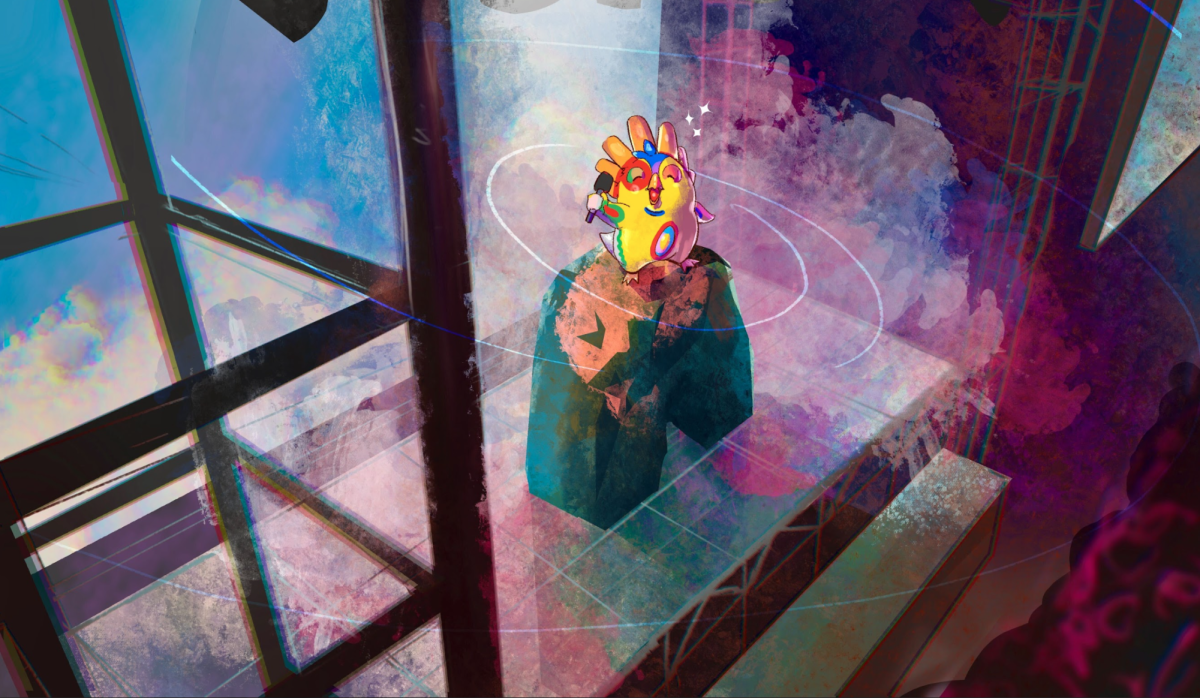
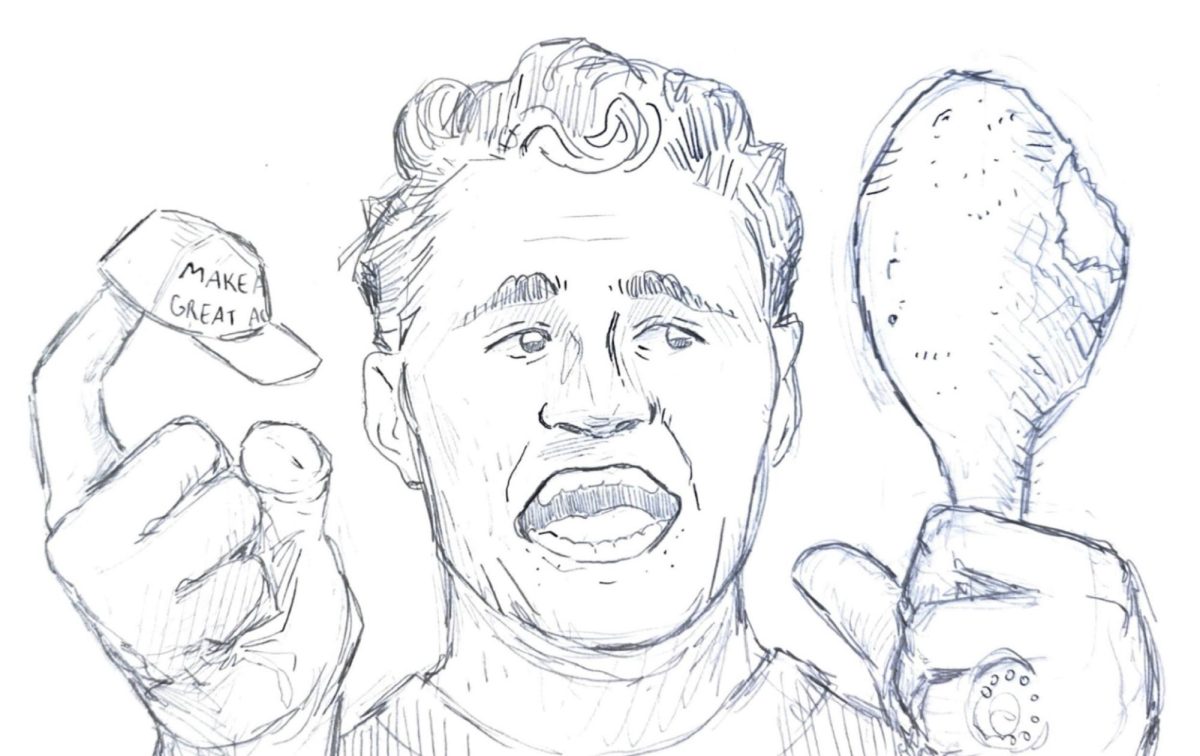
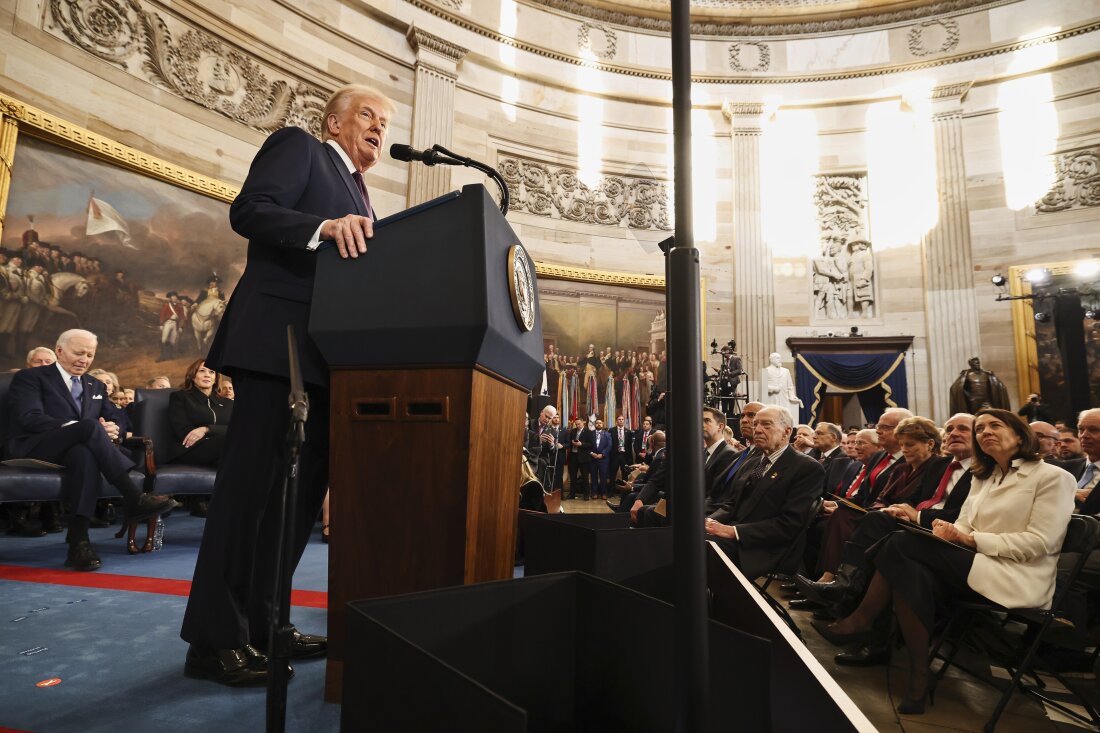
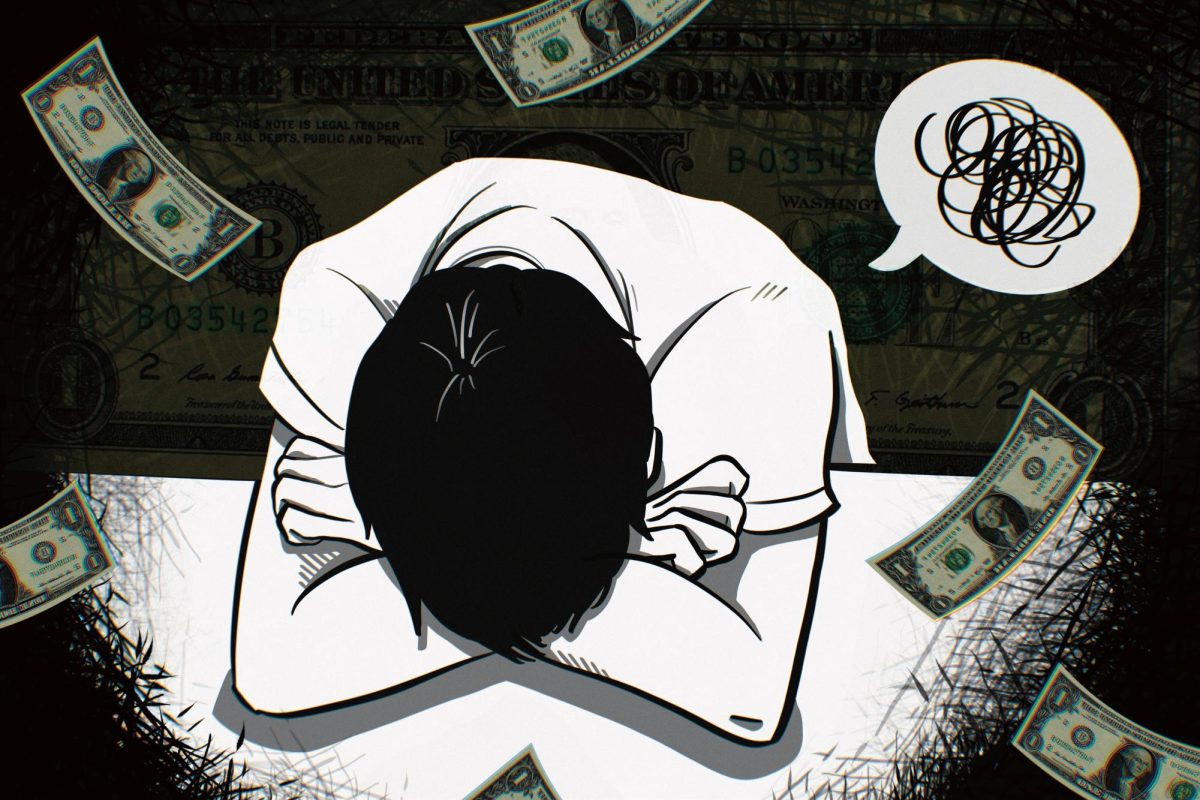

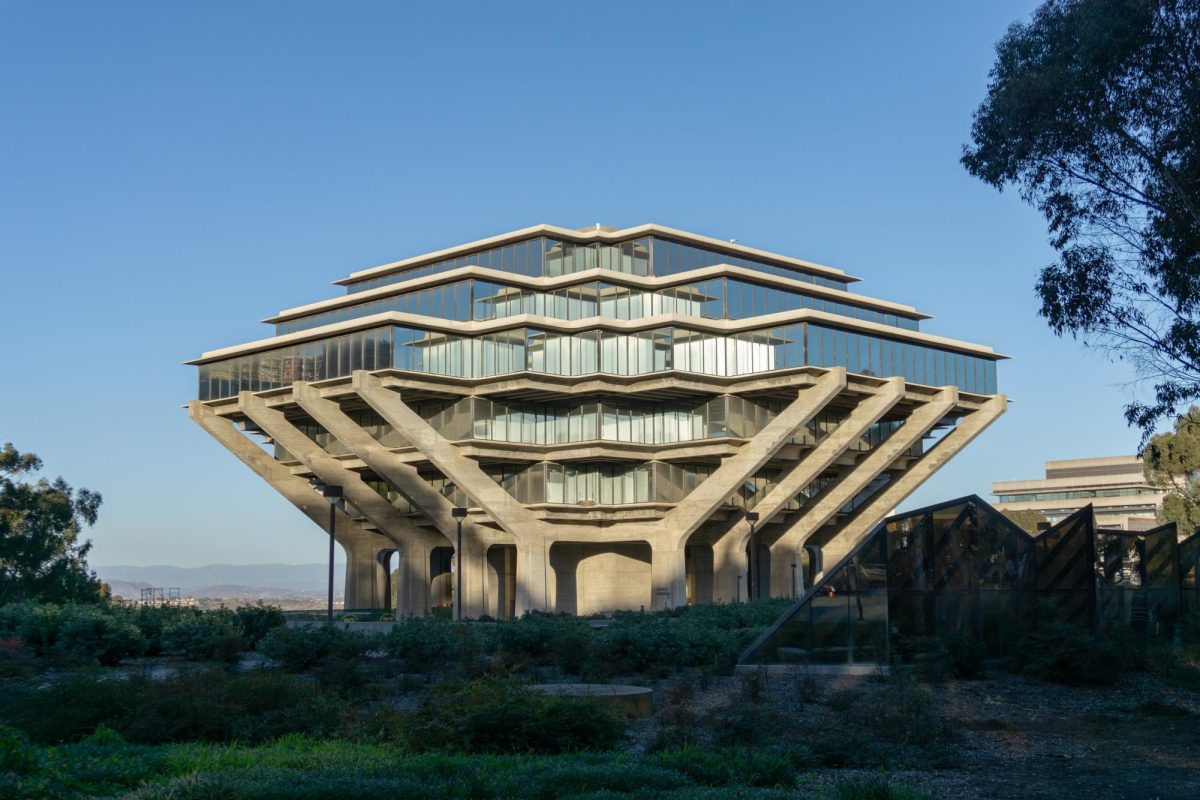
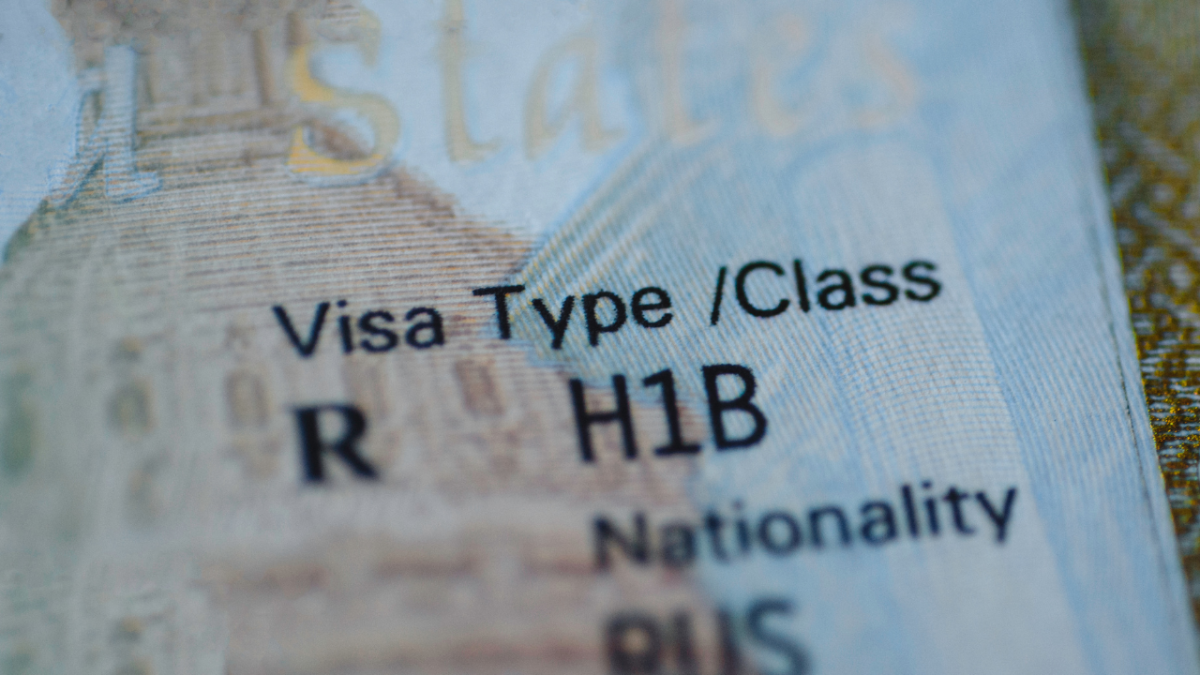
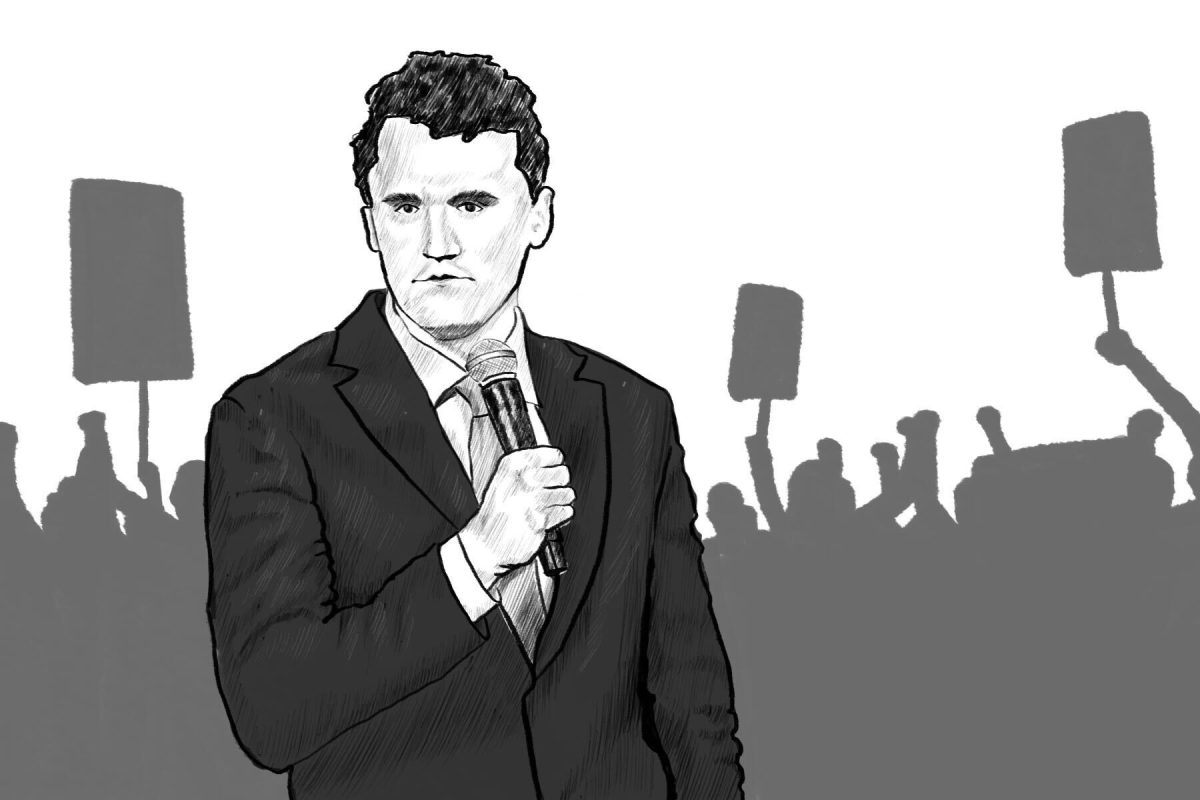
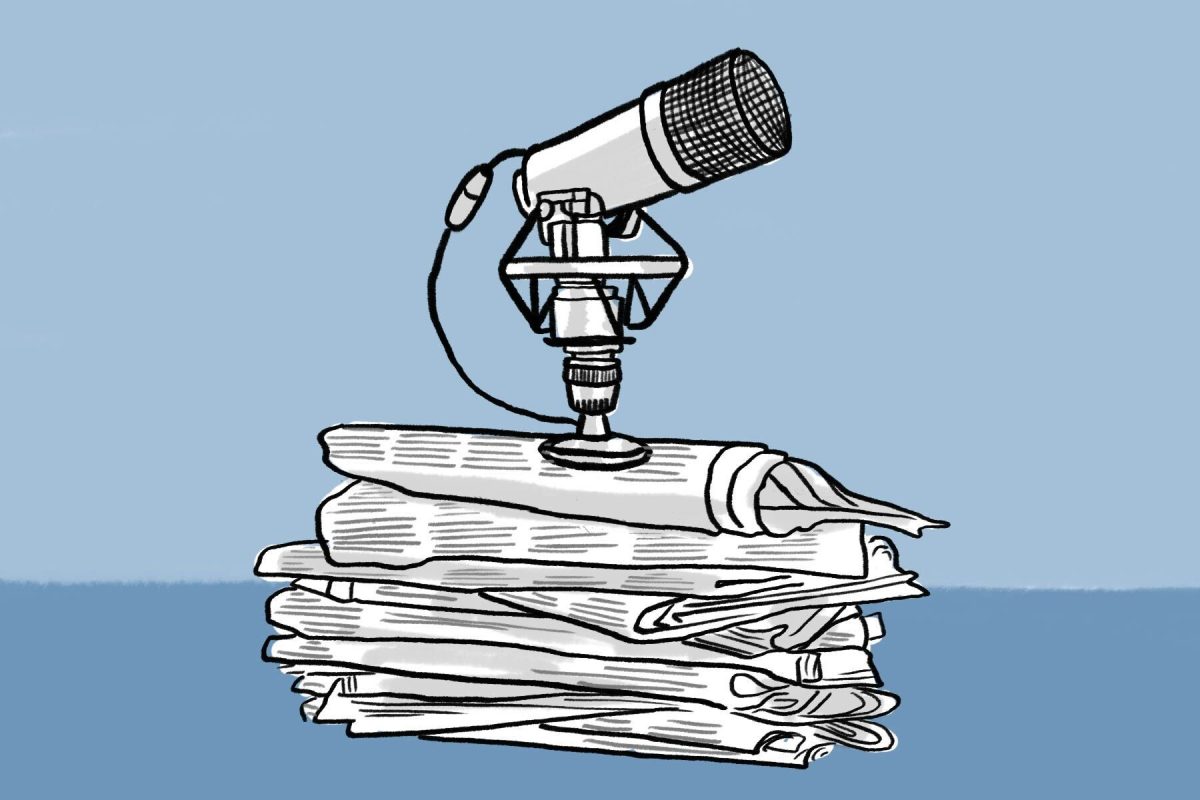
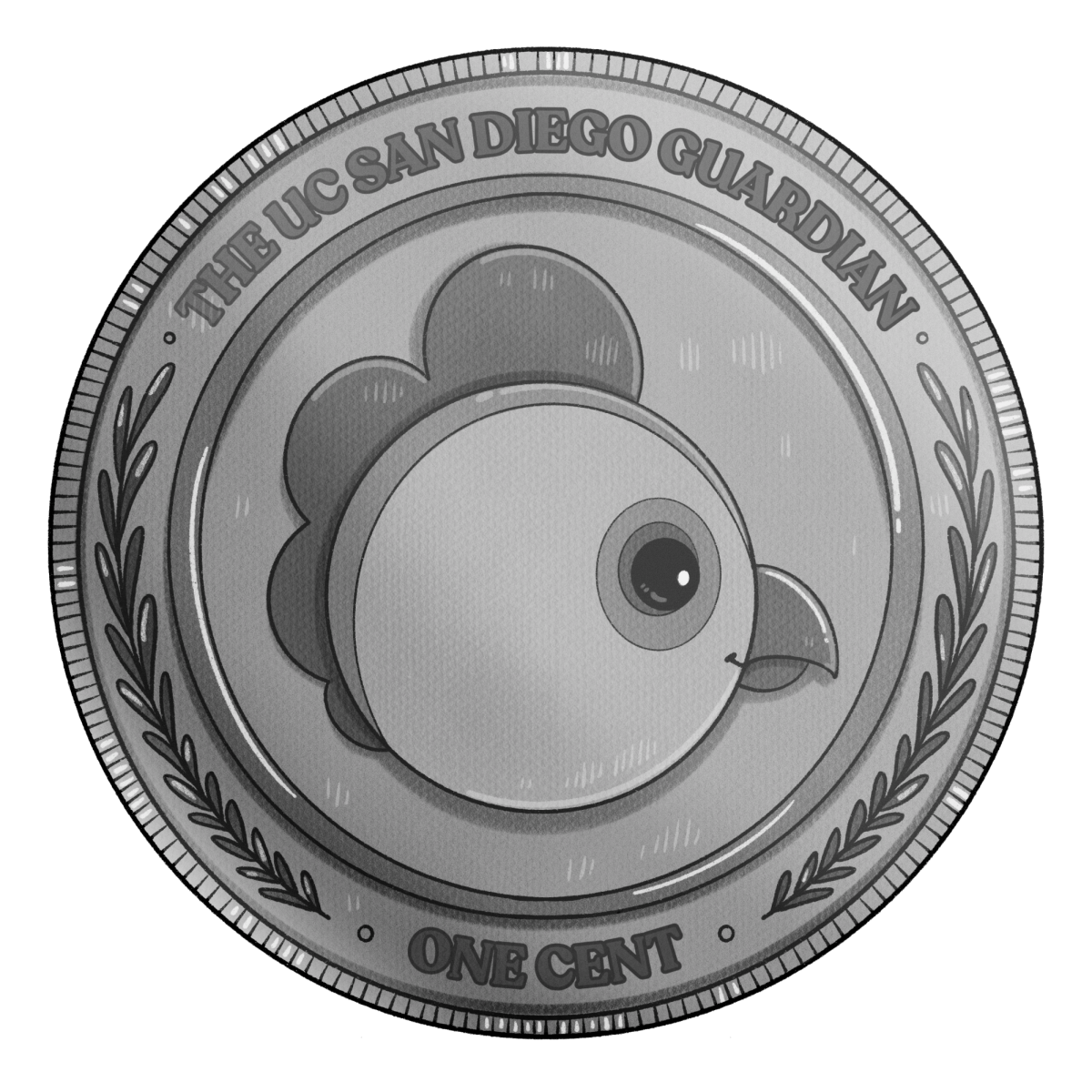
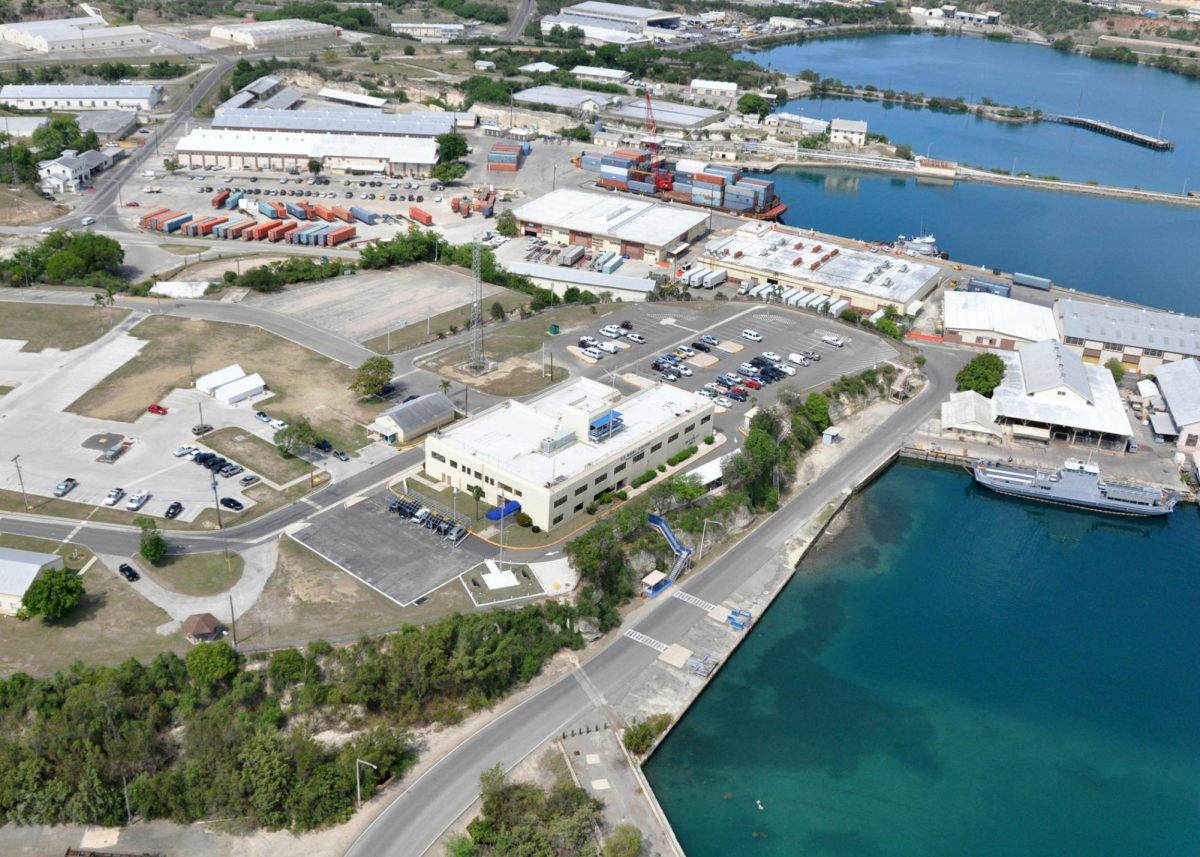

Scott Weisman • Mar 21, 2025 at 4:49 am
Thanks for the mention! I created a book, Great Gray Towers, in ePub format at “Great Gray Towers dot com” (remove all spaces), that covers the history of the peeps, through the vehicle of student papers and newspaper articles (by the Guardian and others). It’s very entertaining and an interesting peak into UCSD in the 1970s, 80s, and 90s.
Brie • Nov 22, 2024 at 4:30 pm
Excellent article to stumble across. I was part of the peep resistance to the art erasure that began in 2008 with the painting of H&SS East and McGill, and that culminated in the painting of H&SS West and Mandeville after we left.
They blamed offensive art then, and they blame offensive art now. Our little friend group used to practically live in some of those stairwells, and there was never any of the offensive messaging they described. It was a flimsy excuse, and a sad outcome since much of what they painted over recorded decades of rich history going back to the late ’80s. They tried to catch and prosecute us when we began writing over their white paint in H&SS and McGill.
UCSD could be so much better. Their continued suppression of authentic student art is such an unnecessary tragedy for weird kids struggling to find themselves. Those walls did more for me during those years than any of their org fairs or concerts.
rg • May 29, 2024 at 6:39 pm
banger article